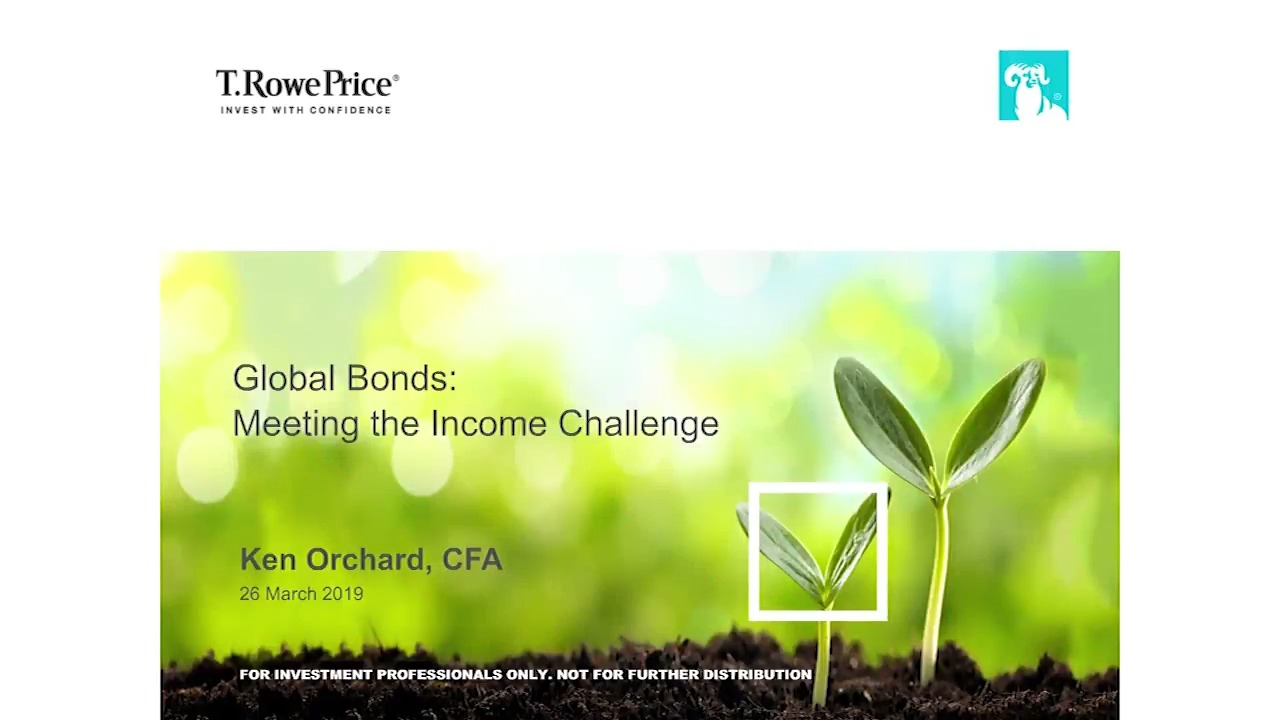Neglected Assets May be Set for a Comeback
Sentiment toward the global economy is beginning to shift. So far this year, the focus has been largely on recession fears and central bank easing, which has been good for long‑duration assets such as high‑quality government bonds, investment‑grade (IG) corporate bonds, and BB rated high yield bonds. Fears over a recession are beginning to diminish, however, and while central banks are likely to continue easing, there is a limit to how much further they can go. There may be one more cut from the Federal Reserve (Fed) after October’s meeting, but I suspect that will be it. The European Central Bank is constrained: It may cut rates by an additional 10 basis points or so, but it will be concerned about collateral damage on the banking system. So central bank easing could soon give way to a quiet period in which rates remain on hold.
We’re just at the beginning of this period of change. There is understandably still a lot of caution out there, but recent positive developments in U.S.‑China trade talks have boosted confidence. While many international organizations are still cutting their economic forecasts, our economics team recently upgraded its forecasts for European and U.S. growth next year, predicated on easier financial conditions, which have eased materially over the past year. This means that the investment environment is likely to change.
One of the most likely manifestations of this could be a steepening of the yield curve as future inflation expectations rise. This will probably mean that long‑duration bonds, such as high‑quality sovereigns, will begin to perform less well. Investment‑grade companies in stable countries, which have been widely owned while investor sentiment has remained cautious, may also begin to fare worse than other asset classes as optimism returns.
What will perform instead? Most likely, the assets that investors have been avoiding for the past year or so. These include single B and CCC rated high yield bonds, which have underperformed the BB space this year and could start to outperform higher‑quality credit investments as people may begin to venture into riskier asset classes.
Loans also look interesting. They’ve not done too badly this year, but they’ve underperformed most other spread sectors because they have no duration and so have not benefited from falling yields. As the markets become more positive on growth and begin to think about when the next Fed hike might come, loan prices will likely rise again.
Although inflation is currently muted in most countries, unemployment is also low and business investment has been weak, so inflation may start to rise again. If it does, Treasury inflation protected securities may do well. I would expect the U.S. dollar to decline in this environment, but that is a more difficult call.
The main risk to growth is probably U.S.‑China trade talks deteriorating once again. However, as things stand, it seems like both sides want to at least maintain a truce through 2020. If that holds, growth is likely to recover—and a rotation in outperforming assets can be expected.
IMPORTANT INFORMATION
This material is being furnished for general informational and/or marketing purposes only. The material does not constitute or undertake to give advice of any nature, including fiduciary investment advice, nor is it intended to serve as the primary basis for an investment decision. Prospective investors are recommended to seek independent legal, financial and tax advice before making any investment decision. T. Rowe Price group of companies including T. Rowe Price Associates, Inc. and/or its affiliates receive revenue from T. Rowe Price investment products and services. Past performance is not a reliable indicator of future performance. The value of an investment and any income from it can go down as well as up. Investors may get back less than the amount invested.
The material does not constitute a distribution, an offer, an invitation, a personal or general recommendation or solicitation to sell or buy any securities in any jurisdiction or to conduct any particular investment activity. The material has not been reviewed by any regulatory authority in any jurisdiction.
Information and opinions presented have been obtained or derived from sources believed to be reliable and current; however, we cannot guarantee the sources' accuracy or completeness. There is no guarantee that any forecasts made will come to pass. The views contained herein are as of the date noted on the material and are subject to change without notice; these views may differ from those of other T. Rowe Price group companies and/or associates. Under no circumstances should the material, in whole or in part, be copied or redistributed without consent from T. Rowe Price.
The material is not intended for use by persons in jurisdictions which prohibit or restrict the distribution of the material and in certain countries the material is provided upon specific request.
It is not intended for distribution retail investors in any jurisdiction.
201910-986582



